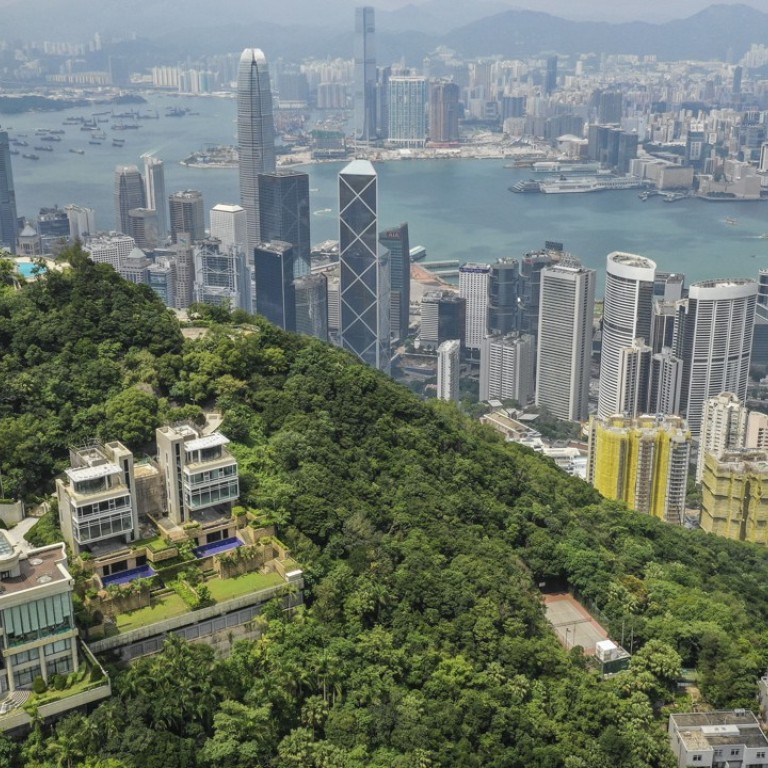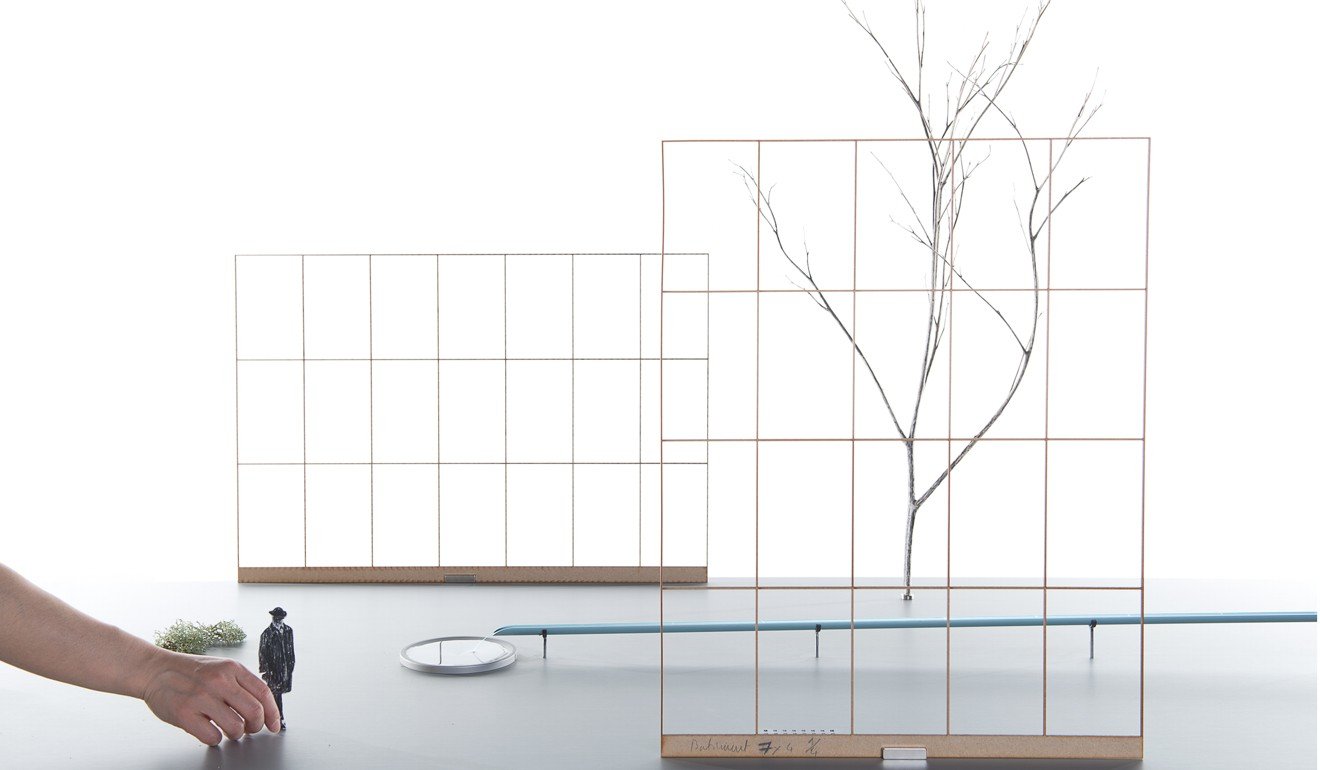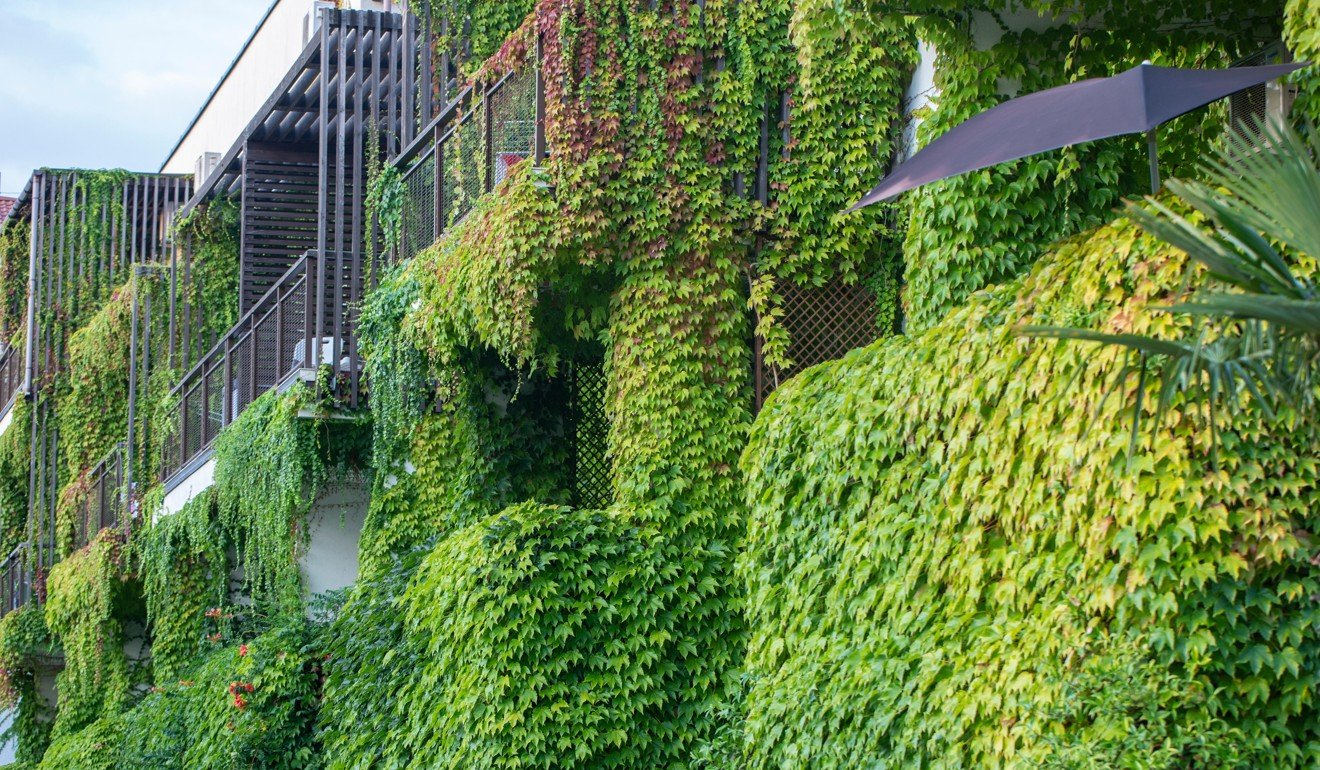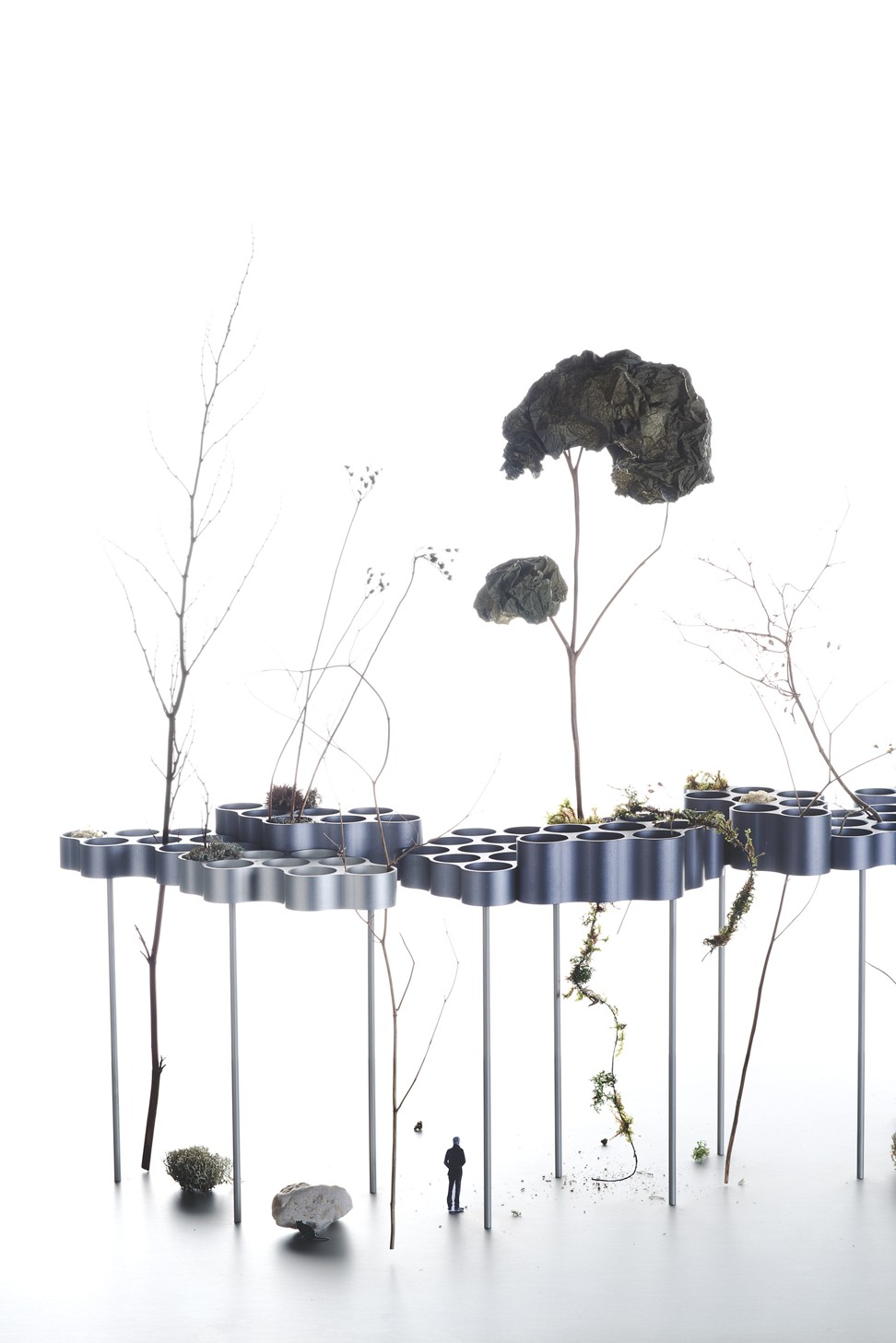
Dream cities: why trees and nature are needed to bring joy to the urban jungle
- French industrial designers’ Hong Kong exhibition considers how to add charm to urban environments
- Brothers look for ways to introduce trees and water features to cityscapes
Cities are often designed to be practical. Rarely do urban planners today have space for romanticism or poetry. But it was these qualities Ronan Bouroullec and his brother Erwan considered crucial when they considered planning solutions for metropolises.
It wasn’t an area of design familiar to the French design duo, best known for their homewares, but that was part of the attraction of the project.
How Singapore has become a garden city, but Hong Kong hasn’t
“We are industrial designers and it’s quite interesting to be naive in front of a subject,” says Ronan Bouroullec, in Hong Kong to open Urban Daydreaming at the Hong Kong Design Institute, an exhibition of the scale models the pair produced to express their ideas for addressing contemporary issues in urban environments.
“The nature, the poetry, the romanticism, the sensuality in the city, the fact that you walk and the walk is not just surrounded by shops but by trees, shadows, water,” says Bouroullec, citing the beginnings of their thinking. “It is a reverie in the sense that there is no precise subject, yet it’s a very pragmatic reverie.”

Examining different scenarios, the brothers came up with 14 delicate scale models and a number of additional early-stage mock-ups of urban scenes, incorporating nature, shadows and water features that might encourage city dwellers to pause, to reconnect, and to step outside the everyday. The models were first exhibited in October 2016 at the Vitra Design Museum in Germany and then toured Europe, before making their debut in Asia.
“What makes the quality of a city?” asks Bouroullec. “Of course that it works technically – that is very important, but it’s the charm and the dreams and the relation between constructions and trees. And I think it has to be considered more seriously. And I think probably the success of this exhibition explains this need to find solutions to integrate nature in a new way, because we all always agree on the fact that we miss nature.”
Nature finds a home in cities in designs such as “Clouds”, a floating garden that incorporates the Bouroullecs’ signature cloud-shaped motif in a vegetal platform that creates a roof for an urban promenade, adding plants to the cityscape while also casting shadows on those who walk in its passage.


Other designs offer city dwellers the opportunity to return to nature: “Platforms” comprises large, ringlike benches surrounded nature that encourage people to spend time in its surrounds; “Long Fountain” involves a sloping pipe that carries flowing water and is supposed to attract urban wildlife; and “Fireplaces” is made up of chimneys reminiscent of bonfires for collective gatherings in the outdoors.
“Turnstiles” incorporates a turning platform in a street. “You are walking in the street and at a certain point you find yourself on this platform that is turning. It’s about cutting your habits,” says Bouroullec.
The proposals were not designed with any particular city in mind.
“We come from a design background and that means we try to develop objects, furniture, lamps that work in different contexts,” says Bouroullec, referencing an extensive oeuvre that has seen him and his brother collaborate with Alessi, Cappellini, Flos and Kartell, among others. “I think that a lot of them could be applied in different contexts.”
Typhoon Mangkhut proves Hong Kong urban jungle is no place for trees
Various cities have already embraced the Bouroullecs’ designs. “Clouds” was the first to be realised and now stands in the Miami Design District.
As a result of the proposals they put forward in the exhibition the brothers were chosen to revive six historic fountains on the Champs Elysées in Paris that will feature intricate bronze and crystal trees when unveiled next spring.
With Urban Daydreaming’s debut in Asia, there is an opportunity for cities in the region to consider their designs. Before visiting Hong Kong Bouroullec was in Japan, where he identified a need for more nature in Tokyo and Kyoto.

“It’s really divided,” says Bouroullec of the split between city and nature in those cities, whereas the short journey from the airport to the Hong Kong Design Institute in Tseung Kwan O gave him a divergent impression of Hong Kong. “I immediately liked the way that nature is not cut – you see that nature wants to invite the city.”
But in parts of Hong Kong where nature is kept at a distance from buildings, there may be opportunities to realise the designs.
One of the simplest to incorporate, Bouroullec suggests, is “Vines”, a jungle-like design for pathways canopied by climbing plants spread between masts, the idea for which stemmed from certain Asian cities where hundreds of electricity cables hang in tangled confusion.

“Extract from this the idea that you have urban lighting and then chains and from that there are holes in the ground and, depending on the city, using good plants that grow in it, and it’s not a big investment,” says Bouroullec.
“These are simple principles,” he adds. “Travelling in certain cities I find it extremely hard, and it’s linked partially to our way of living, but also to tough environments. I don’t pretend that we will save the city with this project, but it can produce a bit of joy and a smile.”
Ronan & Erwan Bouroullec – Urban Daydreaming is on display at d-mart, HKDI & IVE (LWL), 3 King Ling Road, Tseung Kwan O, until 17 February 2019.

